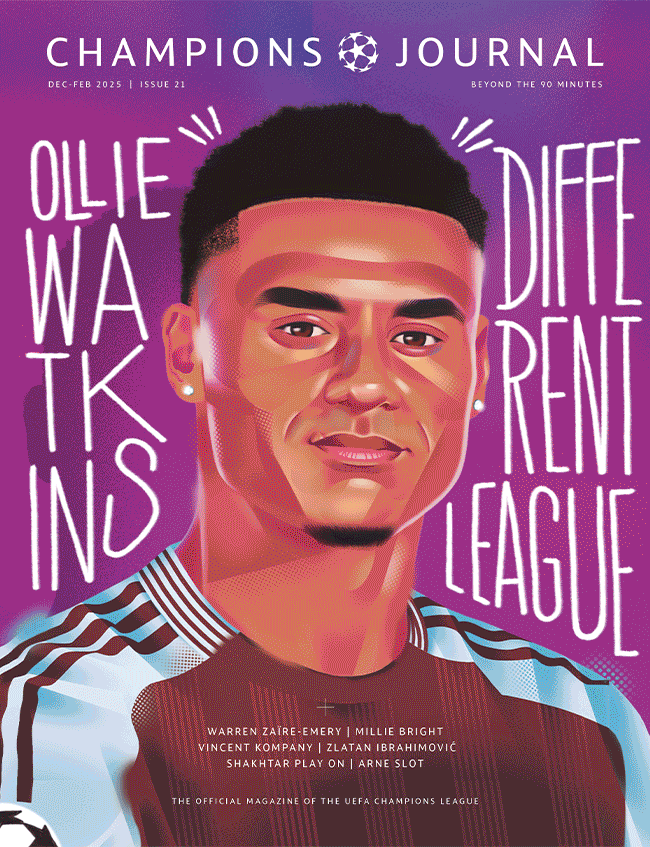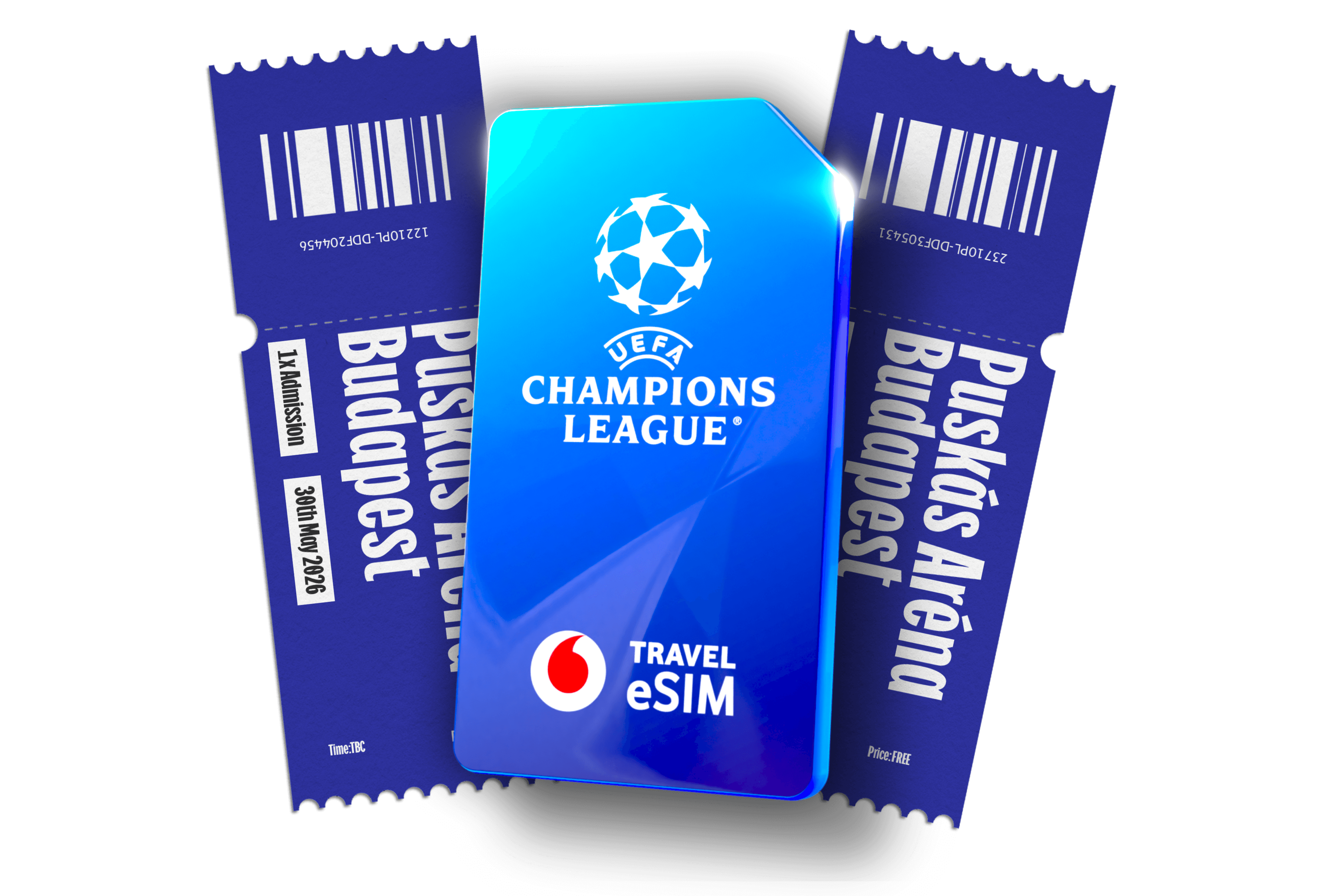With no Anthony Bourdain tips to guide you, you’ll have to take mine instead
Where to eat
Olive Tree, Karl-Liebknecht-Strasse 38
There are a million different options for döner kebabs in Leipzig – it’s Germany’s favourite fast food – but my vote goes to Olive Tree. They offer a huge selection, but when in doubt, get the classic döner, full of fresh salad and a multitude of sauces. There’s always a queue at busy times, but it moves fast and is absolutely worth the wait.
Where to drink
Musikpavillon, Clara-Zetkin Park, Anton-Bruckner-Allee 11
It seems almost trite to recommend a biergarten for a drink in Germany, but Leipzig has some beautiful ones. This watering hole in the middle of a verdant city park was, as the name indicates, originally a music pavilion built in 1912, but now has a bar on site. They still stage concerts in the pavilion, but have big screens up for watching sports too.
Where to learn
Zeitgeschichtliches Forum, Grimmaische Strasse 6
Genuinely the best-curated museum I’ve ever been to, you will leave feeling like you’ve learnt and experienced so much – and it’s free to enter. Leipzig is also home to the famous ‘Round Corner’ Stasi Museum – an exhibit within the former secret police’s HQ that looks at the methods the Stasi employed to keep citizens under surveillance.
Where to explore
Cospudener See
Leipzig is surrounded by lakes, but this is one of the closest to the city centre, easily accessible by tram. It was once an open-pit mine but is now surrounded by sandy beaches, with a sauna and sailing harbour too. At weekends, Leipzigers head out of the city to swim, sunbathe and wander around the parks that surround the water.



























